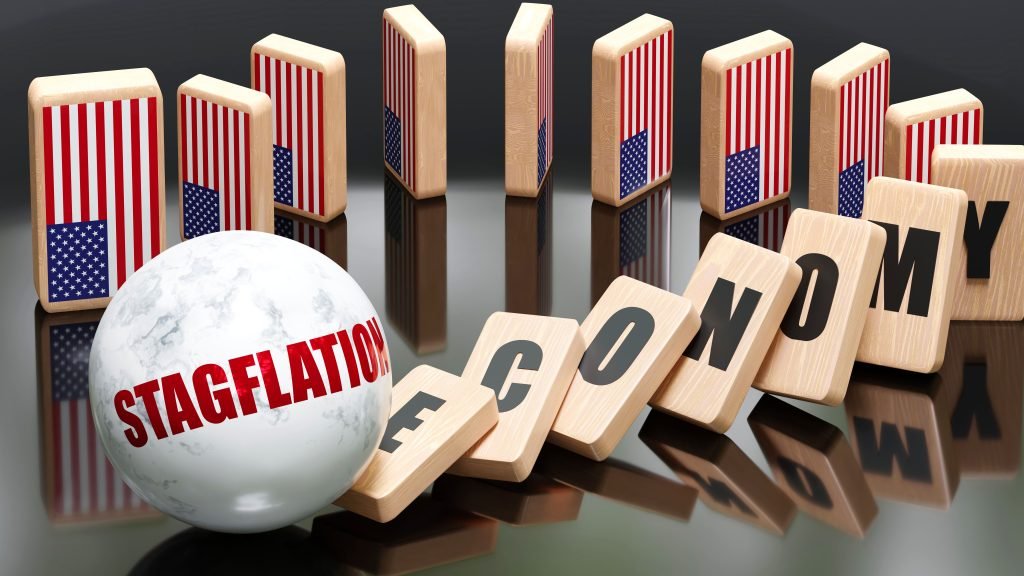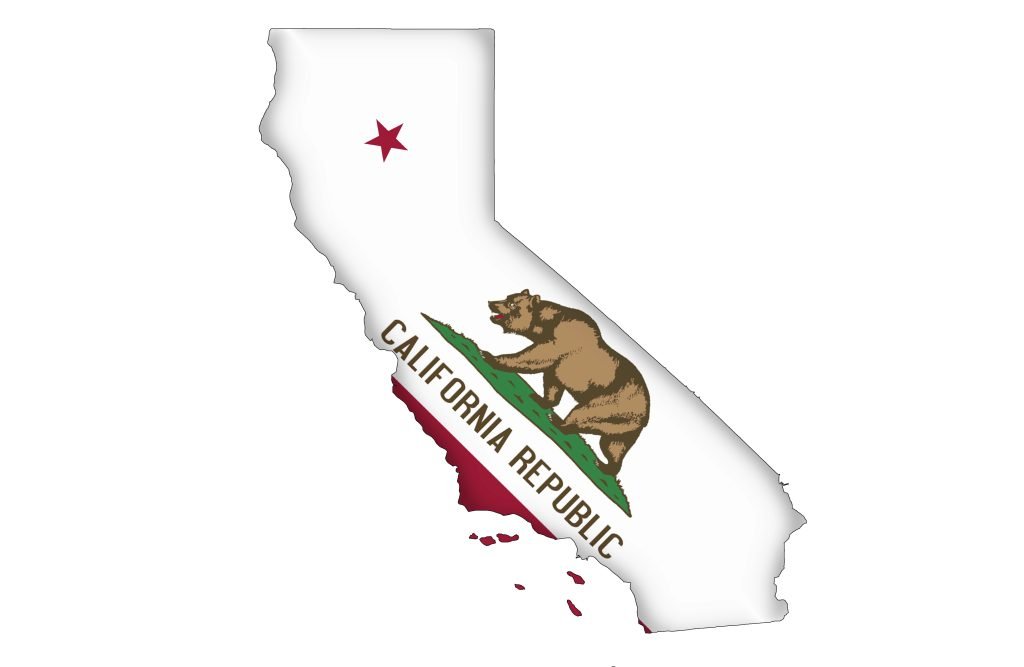Every single month, the US Treasury Department is legally obliged to publish monthly financial statements to the public.
This is typically a pretty boring ritual which attracts minimal fanfare; few people pay attention, or even care to look at the federal government’s accounting of its assets, liabilities, income and expenses.
Yet yesterday’s financial statements were pretty groundbreaking, as they showed that the US federal government deficit so far this fiscal year is an astonishing $1.7 trillion.
Bear in mind we’re only halfway through the fiscal year (which began in October 2020). So there’s a lot more red ink to follow.
That $1.7 trillion deficit figure doesn’t even include a lot of recent and pending legislation, including COVID relief, infrastructure, and all the other fantasy spending bills the Bolsheviks are putting forward.
Now, rather than focus on the headline figure, I’d like to take you on a quick tour of the federal debt today and have an objective discussion of what lies ahead.
First off, it’s important to understand that when the federal government goes into debt, it does so by issuing bonds; bonds are financial securities (like stocks) which entitle the holder to be repaid with interest.
US Treasury securities typically conform to a handful of different types. There are Treasury “Bills”, often called “T-Bills”, which have a very short term and mature within 12 months.
So investors may buy, for example, a 28-day Treasury Bill, which means the government has to repay that debt in less than a month.
Then there are Treasury “Notes”, which mature between 2 and 10 years. The 10-year Treasury Note is the most prominent of these; investors receive periodic interest payments for the life of the security, and after 10 years, the government must repay the debt.
The last category are Treasury “Bonds”, which have terms beyond ten years. The most prominent of these is the 30 year bond.
Now, typically whenever any Treasury security matures, investors have the option of being repaid… or simply rolling their principal and interest over into a new bond (or note, bill, etc.).
And this is typically what very large investors like banks, pension funds, and foreign governments tend to do.
But there’s been a very alarming trend over the last 10+ years, ever since the last financial crisis in 2008: foreign governments and central banks are buying fewer and fewer Treasuries.
In mid-2008, foreign central banks alone accounted for roughly 32% of US Treasury ownership; in other words, these foreign central banks owned about a third of the public debt of the United States.
Today that ownership has dropped by half, down to just 16%.
Now, some people might rejoice and think it’s a great thing that the United States doesn’t owe as much money to foreigners. But this is flawed logic.
Foreigners don’t own as much US government debt because it’s no longer attractive to own. Interest rates are at record low levels; the 10-year Treasury Note is currently just 1.6%. And last summer the rate was as low as 0.5%.
This means that anyone who bought a 10-year Treasury last August (and holds it until maturity) will earn a measly 0.5% per year for the next decade.
Yet simultaneously the inflation rate in the US, even if you believe their monkey math, is nearly 2%. And it’s likely to go much higher.
So you’re earning a fixed rate of 0.5%, but losing 2% or more per year from inflation. This means that, after adjusting for inflation, the poor sucker who buys a 10 year Treasury is losing money.
Foreign governments and central banks have become wise to this destructive proposition. And that’s why their appetite for US government debt has diminished.
As a result, the Federal Reserve (i.e. the US central bank) has become THE biggest buyer of US government debt over the past several years… and especially last year.
But this is where the problem becomes apparent. In order for the Fed to buy government bonds and loan money to the Treasury Department, the Fed must first print more money.
(Technically they don’t print physical paper money; the mechanism is all electronic. But it’s the same effect– they push a button and conjure more money out of thin air.)
Last year the Fed printed so much money that it nearly DOUBLED the size of its balance sheet, flooding the system with trillions upon trillions of newly created dollars.
In doing so, the Fed has also managed to hold interest rates to record low levels. This is why the government was able to borrow money for TEN YEARS at just 0.5% last year. And it can still borrow today at 1.6%.
In theory, that should be the good news. Yes, the US national debt has skyrocketed to $28 trillion and will soon surpass $30 trillion. But rates are so low that it doesn’t cost very much money to pay interest on all that debt.
For anyone with even a tiny bit of financial sophistication, the ability to borrow money at ultra-cheap interest rates is fantastic.
Just imagine you could borrow money at 0.5%. Think about all the productive investments you could make– real estate, private businesses, etc.
And when you’re only paying 0.5% interest, your investments don’t need to make much money in order to turn a profit.
Yet time and time again, the government has proven that it has absolutely zero financial sophistication. They don’t make good investments. They make terrible investments.
These are the people who spend billions of dollars on a website that doesn’t work… who squander taxpayer funds on Pakistani gender studies, or $20 million teaching Laotians their own native language.
This isn’t hyperbole. Think about it: if the federal government was making GOOD investments, then the US economy would be increasing FASTER than the national debt. Or at least at the same rate.
Similar growth rates between the economy and the debt would show, at a minimum, a break-even investment.
But that’s not happening. Growth in the national debt is VASTLY outpacing US economic growth, indicating that the people in charge continue to make terrible, money losing investments.
All they have to do to break even is generate a measly 0.5% return. But they can’t even manage to do that. It’s pitiful.
Now, remember that all Treasury Securities will eventually mature, even those that are owned by the Federal Reserve.
Most of the current, outstanding Treasury Securities will mature over the next 5-7 years. And that’s the big risk. Because, even though interest rates are at record low levels today, 5-7 years from now they could be MUCH higher.
It’s entirely possible that the Fed prints so much money over the next few years that they spark a nasty bout of inflation. And we can already see signs of this.
Food prices, fuel prices, etc. are already rising. So are asset prices.
Now, most people don’t mind rising asset prices or a record high stock market. But asset price inflation, i.e. the ‘good’ inflation, eventually leaks into retail price inflation (the ‘bad’ inflation).
Rising real estate prices eventually mean higher rents. Rising commodity prices like lumber and oil eventually mean higher prices in general.
Plus, because asset price inflation is based on the creation of money, as opposed to the creation of tangible economic value, asset prices can correct very suddenly and viciously. We saw this last year when the stock market crashed more than 30% within a matter of days.
So, while asset price inflation might feel good in the short term, it’s unhealthy in the long term and can create painful retail price inflation.
Central banks typically fight retail price inflation by raising interest rates. But again, if they do raise interest rates, the US government will have to refinance its maturing debt at higher rates.
Think about this: if Treasury rates were only as high as they were in 2008 before the last crisis, the US government would have to pay more than $1.5 trillion each year just in INTEREST.
Alternatively, if the Federal Reserve decides to ignore rising inflation, and keeps printing money to buy Treasury securities, then inflation will soar even higher.
Either of these scenarios would be extremely destructive.









